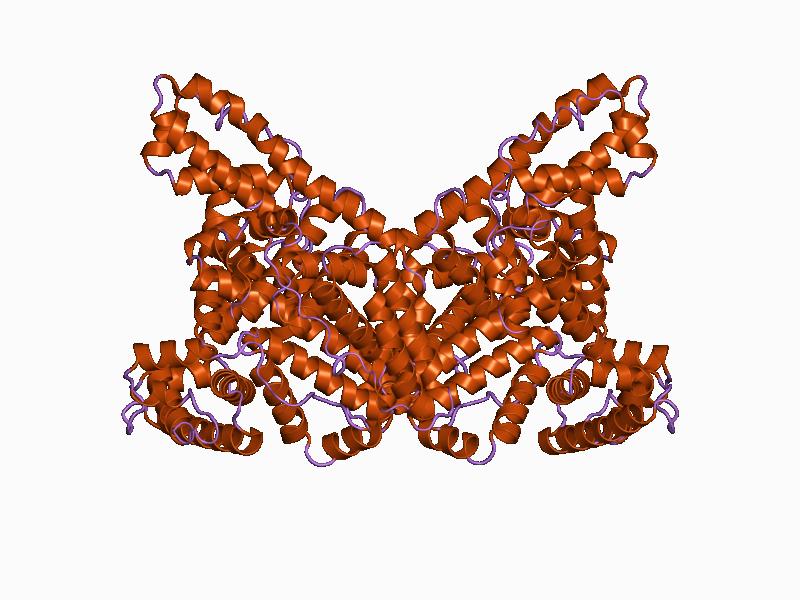
Alb (albumin)
The molecular structure of albumin is a single-chain polypeptide containing 585 amino acid residues, with a molecular weight of 66458 and 17 disulfide bonds in its molecule. In the body fluid pH7.4 environment, albumin is negative ions, each molecule can carry more than 200 negative charge.
It is a major carrier in plasma and many poorly water-soluble substances can be transported by binding to albumin. These include bilirubin, long-chain fatty acids (4-6 molecules per molecule), bile salts, prostaglandins, steroid hormones, metal ions such as copper, nickel and calcium, such as aspirin, Penicillin, etc.).
Albumin is synthesized by hepatic parenchymal cells and has a half-life in plasma of about 15-19 days, which is the most abundant protein in the plasma, accounting for 40% -60% of the total plasma protein. Although its synthesis rate is influenced by the protein content in the diet, it is mainly regulated by plasma albumin level, not stored in hepatocytes, and trace amounts of albumin are present in all extracellular fluids. About albumin in the glomerular filtration is generally considered to be under normal circumstances its amount is very small, about 0.04% of the plasma albumin, according to this calculated from the glomerular filtration fluid excreted albumin That is up to 3.6 grams, 30-40 times the protein excretion in the final urine, showing that most albumin in the filtrate can be reabsorbed by the renal tubules. Experiments confirmed albumin absorption in the proximal convoluted tubules in the tubule cells by the lysosomal hydrolase degradation of small molecules into the blood circulation albumin can be taken in different tissues by the endocytosis of the amino acids can be Used for tissue repair albumin:. Maintain the body’s osmotic pressure balance and body fluid balance.
Protein
Protein is the material basis of life, no life without protein. The function of the protein is to form the body cells and tissues, promote growth and development, participate in the body’s metabolism, form antibodies, enhance immunity and supply heat.
Therefore, it is a matter that is closely linked with life and all kinds of life activities. Every cell in the body and all important components have protein involved. Protein accounts for 16.3% of the body weight, that is, a body weight of about 60 kilograms of adults about 9.8 kilograms of protein. Many kinds of proteins in the human body, nature, function, but are composed of more than 20 kinds of amino acids by different combinations, and continue to be metabolized and updated in the body. Ingested protein in the body after digestion and decomposition into amino acids, absorbed in the body is mainly used to re-press a certain percentage of the combination of human protein, while the new protein is constantly metabolism and decomposition, always in a dynamic balance. Therefore, the quality and quantity of food proteins, the proportion of various amino acids, related to the amount of human protein synthesis, especially adolescent growth and development, maternal prenatal and postnatal care, health and longevity of the elderly, with the amount of protein in the diet close relationship.
Leave a Reply